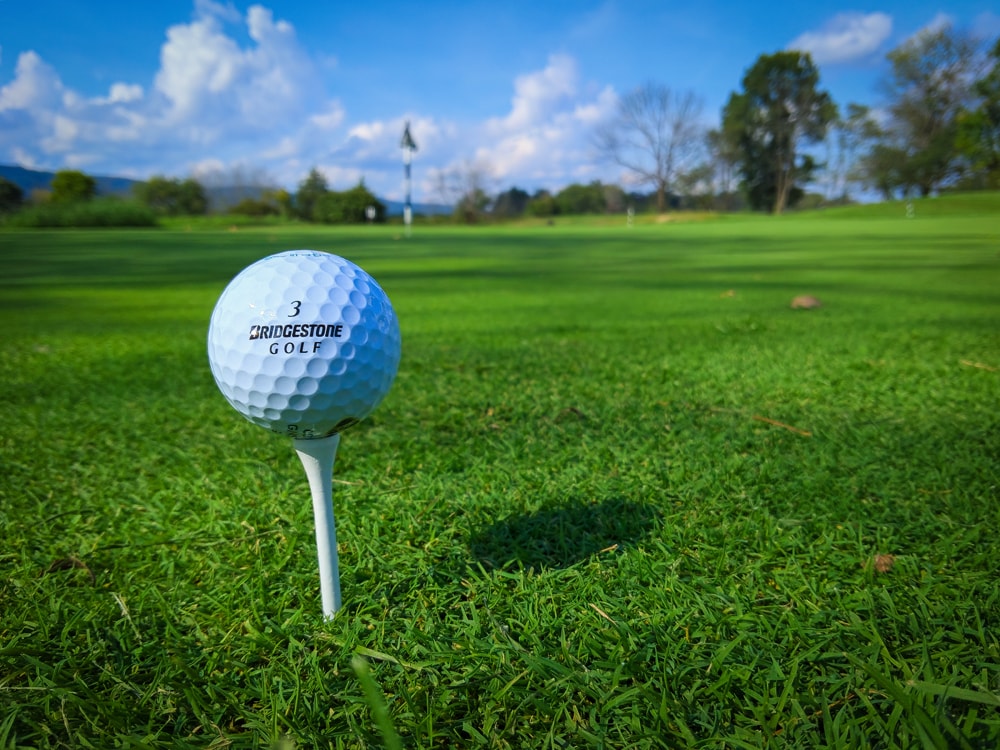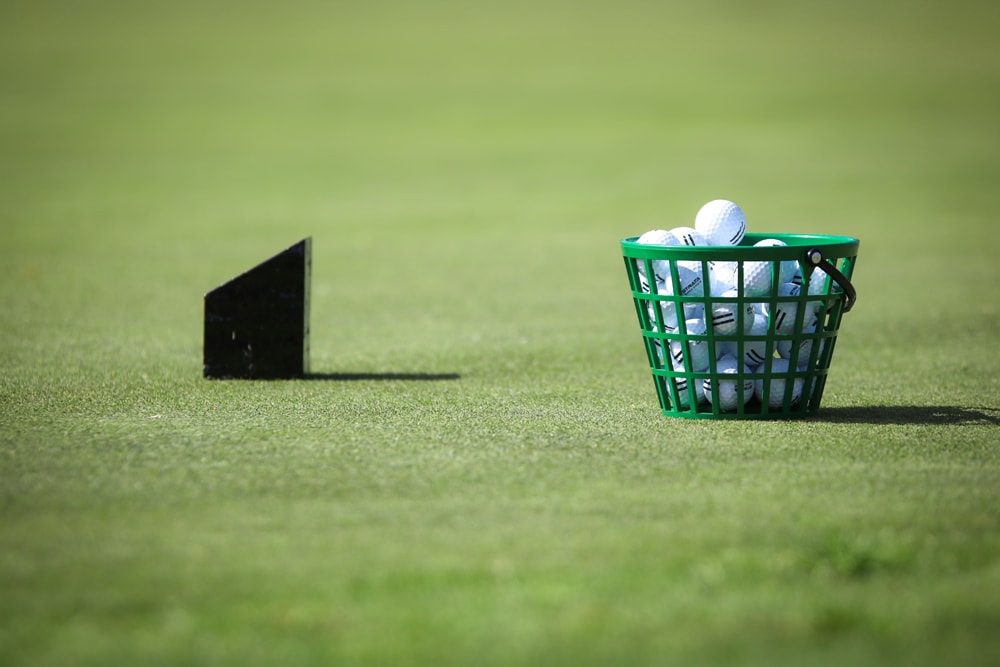
DIMPLES ON GOLF BALLS: HOW MANY SHOULD YOUR GOLF BALL HAVE?
Golf balls are probably the most underrated piece of equipment in golfing. Players often pay more attention to their golf clubs and gloves rather than the ball itself. In reality, the golf ball you use plays a huge role in your in-game performance. Since there is no standard golf ball, players have the luxury of choosing the best golf ball for their needs. Things like golf ball size, compression, core, and dimple count can all be modified to help take your game to the next level.
For custom printed golf balls branded with your company logo next to some of the biggest brands in golf equipment.
The dimple count is one of the most important features of a golf ball. Basically, dimples are the recessed holes on a golf ball’s exterior that minimizes drag and allows the ball to travel much further distances. Different golf balls have different dimple counts and it’s important that you choose the right dimple count for your playstyle. This article will detail how many dimples your golf ball should have and help you make an informed buying decision.

Why golf balls have dimples
Originally, golf balls were created with a round, smooth shape. Back in the day, manufacturers believed that a smoother golf ball surface contributes to less wind resistance, but they noticed that the nicked, battered, and dented golf balls traveled far more than those with a smooth outer surface. From there, they discovered that dimples on a golf ball actually improved its aerodynamics and in 1930, the dimpled golf ball became the standard golf ball of choice.
Dimples on golf balls minimize drag that slows it down as it travels through the air. They also propel the ball upward by forcing the airflow to go down, which is the same principle that airplanes use to fly.
The dimple count in a modern golf ball
Interestingly, there are no rules as to how many dimples a golf ball should have. But generally, golf balls today come with around 300-500 dimples. The most common ones sit around 392. The dimples themselves come in various shapes like circular, teardrop, hexagonal, and ovals. Even the depth of the dimples can be altered. Some golf balls use large, shallow dimples while others use small, deep dimples. Manufacturers can design a golf ball dimple in several different ways and engineer their performance according to how they see fit.
How many dimples should your golf ball have
Most amateur golf players are having a tough time determining the right dimple count for their golf ball. With so many different shapes, depths, and dimple counts, how does one simplify the entire selection process? In all honesty, getting a golf ball between 300-500 is reasonable enough for optimal performance. It was once thought that the more dimples a golf ball had, the more aerodynamic it would be. Some manufacturers even go to great lengths at creating golf balls with dimple counts of even 1,000 which is way too overboard in our opinion.
Instead of focusing on the dimple count, check out the golf ball’s other characteristics. Some golf balls have a ton of spin when launched while others provide little to no spin at all. Some balls are designed to fly high in the air while others have a low trajectory performance. It’s more about the dimple’s pattern and sizes rather than the dimple count so make sure to keep this in mind when choosing your next golf ball.
The effect of dimples on golf ball aerodynamics
A golf ball with a smooth surface will have a tough time minimizing the wake behind it. The streamlined flow results in higher drag due to the low pressure region exceeding that of the high pressure region. When you hit a dimpled golf ball, the streamlined flow remains attached to the ball’s surface for longer periods, thus reducing the low pressure behind it and minimizing drag. The lower the drag, the farther the ball will travel in the air.
Moreover, it’s the dimples that generate lift on the golf ball, especially when there’s significant backspin while it is traveling in the air. The backspin is what makes the air move faster on over the top of the ball, thus generating lift and causing the ball to rise while in the air. In general, golf balls with shallow dimples creates a higher trajectory, while deeper dimples will result in a low trajectory.
It may sound like quite a handful to remember all of these things when you’re a beginner, but the most important thing is that you understand how dimples affect your entire golfing experience. There’s a reason why pro golfers have their favourite golf ball because it suits their playing style and they know how the ball will react once it comes in contact with their club. At the end of the day, it’s all about trial and error. You’ll never know the exact dimple count your golf ball should have so try out as many golf balls as possible and choose one that gives you the best performance possible.

